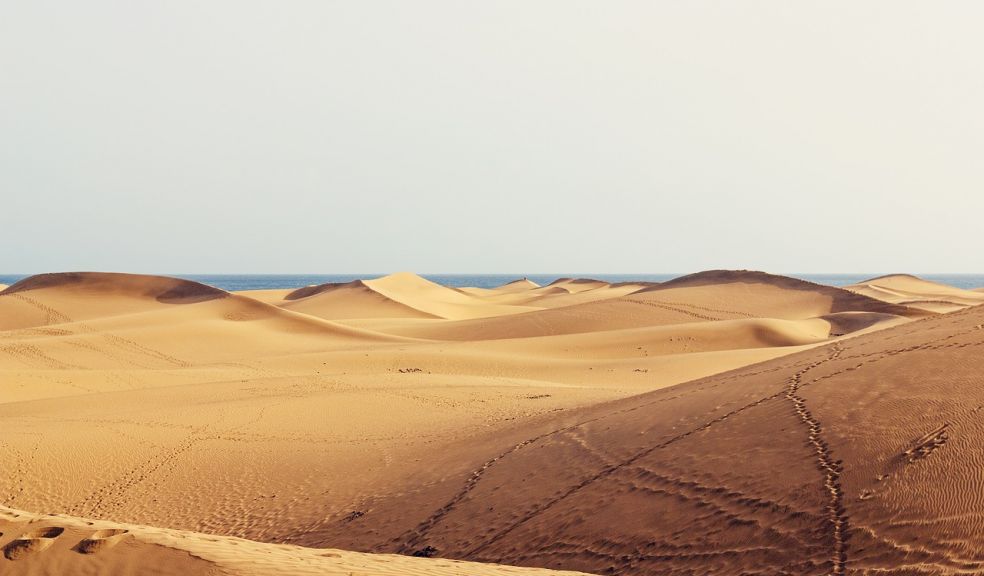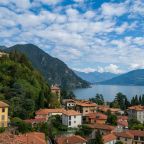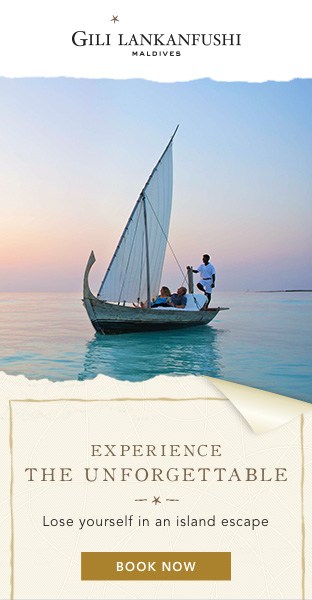
Winter Sunshine in the Canary Islands
This much-loved Spanish holiday destination in the Atlantic off the west coast of Africa is blessed with a gorgeous year-round climate, is quick and easy to reach and has masses to offer everyone from solo travellers or couples to families. And as often as you may come, there’s always something to discover and to delight you, whether its unspoilt beaches, thrilling water sports, dramatic volcanic landscapes or delicious regional cuisine. Accommodation on the major Canary Islands of Tenerife, Gran Canaria, Fuerteventura and Lanzarote comes in all shapes and sizes, with something to suit everyone, whether that be tranquil boutique offerings nestled in lush gardens or expansive bells-and-whistles resorts with facilities and amenities to keep all ages happy.
The Canaries’ average temperature of 18 to 24°C across the year has earned them the nickname the ‘Islands of Eternal Spring. The islands have more than 140 protected nature areas in total, many of them desert-like. Tenerife holds the world’s second-biggest Carnival each February, attracting more than 400,000 revellers. Pico del Teide is Spain’s highest peak and also the third-highest volcano in the world after Hawaii’s Mauna Loa and Mauna Kea when measured from its ocean-floor base.
Tenerife is the most-visited and here are some reasons why. Unmissable Teide National Park, a UNESCO World Heritage Site with Spain’s highest peak and its own observatory to make the most of the famous star-gazing in this area of low light pollution. Hikes and cyclists also flock to Tenerife to make the most of the lunar-like landscapes, ancient forests and dramatic coastlines. Then there’s the magnificent whale and dolphin watching off the south-west coast, where more than 21 species make their home. Foodies also love Tenerife – not only for its several Michelin-starred restaurants but for its authentic local cuisine in fincas and other venues.
The golden sands of Gran Canaria is also popular with, the famed Maspalomas Dunes, cities, towns and villages including the capital Las Palmas de Gran Canaria, wonderful cuisine and year-round sunshine. The third-largest of the Canary Islands – almost half of which is a protected UNESCO Biosphere Reserve – really does have something to offer everyone: beach lovers, those who want an escape into nature and or opt for more adrenaline-fuelled activities in the great outdoors, keen golfers, families, foodies, stargazers, surfers and spa seekers. And of course, there’s plenty of opportunity to mix it up too, with a twin-centre holiday – enjoy a beach break, for instance, followed by a city break in Las Palmas de Gran Canaria or a few days’ hiking inland.
Fuerteventura is the second-largest of the Canaries but also one of the least populated offering mile upon mile of white sandy beaches, sheltered coves and a fairly constant, cooling wind that brings a constant trail of surfers and windsurfers to its shores. Highlights of any trip to Fuerteventura are the dazzling white dunes of Corralejo in the north of the island – a protected National Park, but one where you can sand- and wind-board – and the Jandia peninsula, especially the stunning Sotavento de Jandia beaches with their wonderful swimming and windsurfing. For the best views, head up to the Mirador Astronómico de Sicasumbre to look back down over the island’s Mars-like landscapes of copper-coloured ravines, valleys and hills – or to star-gaze after dark.
If your looking for some winter sun the Canary Islands are for you.
















